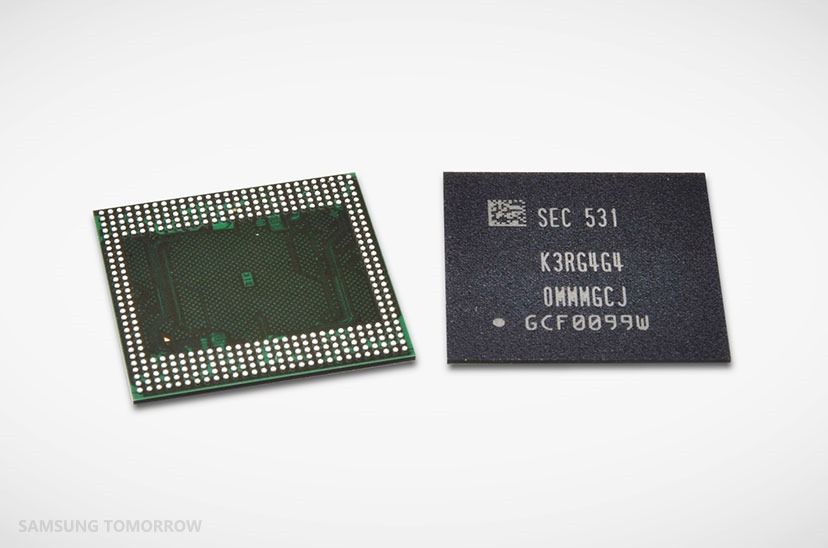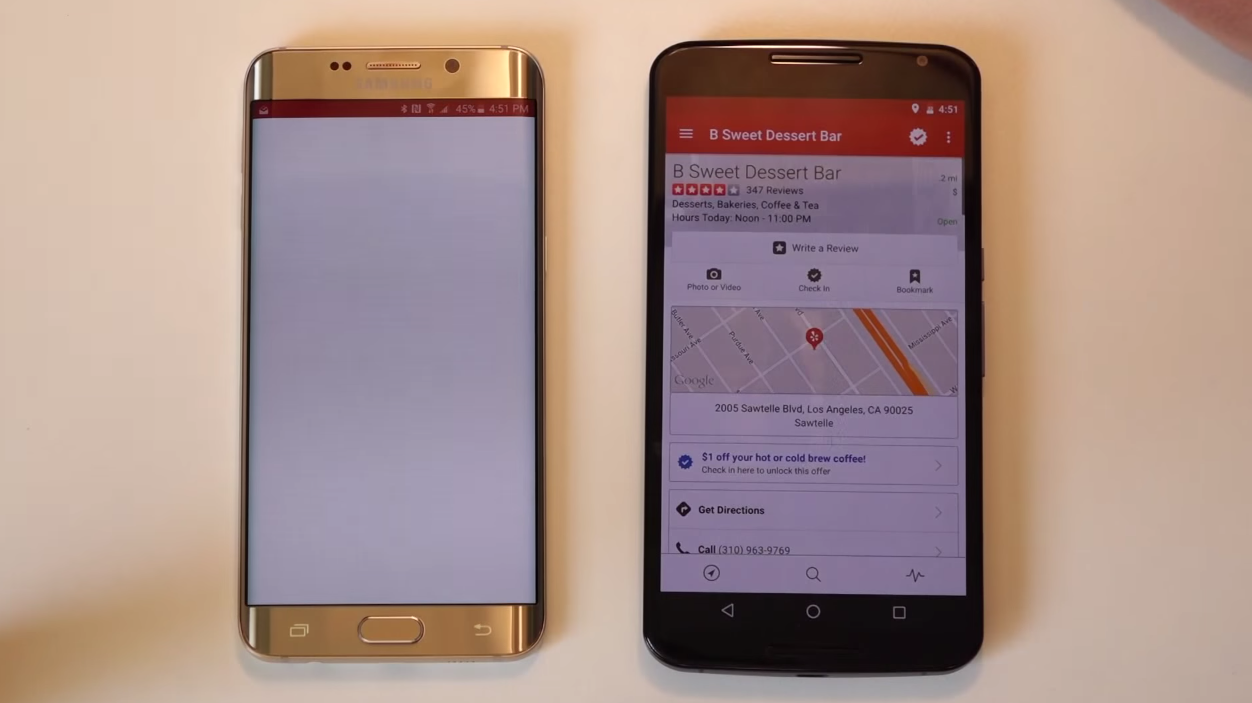latest
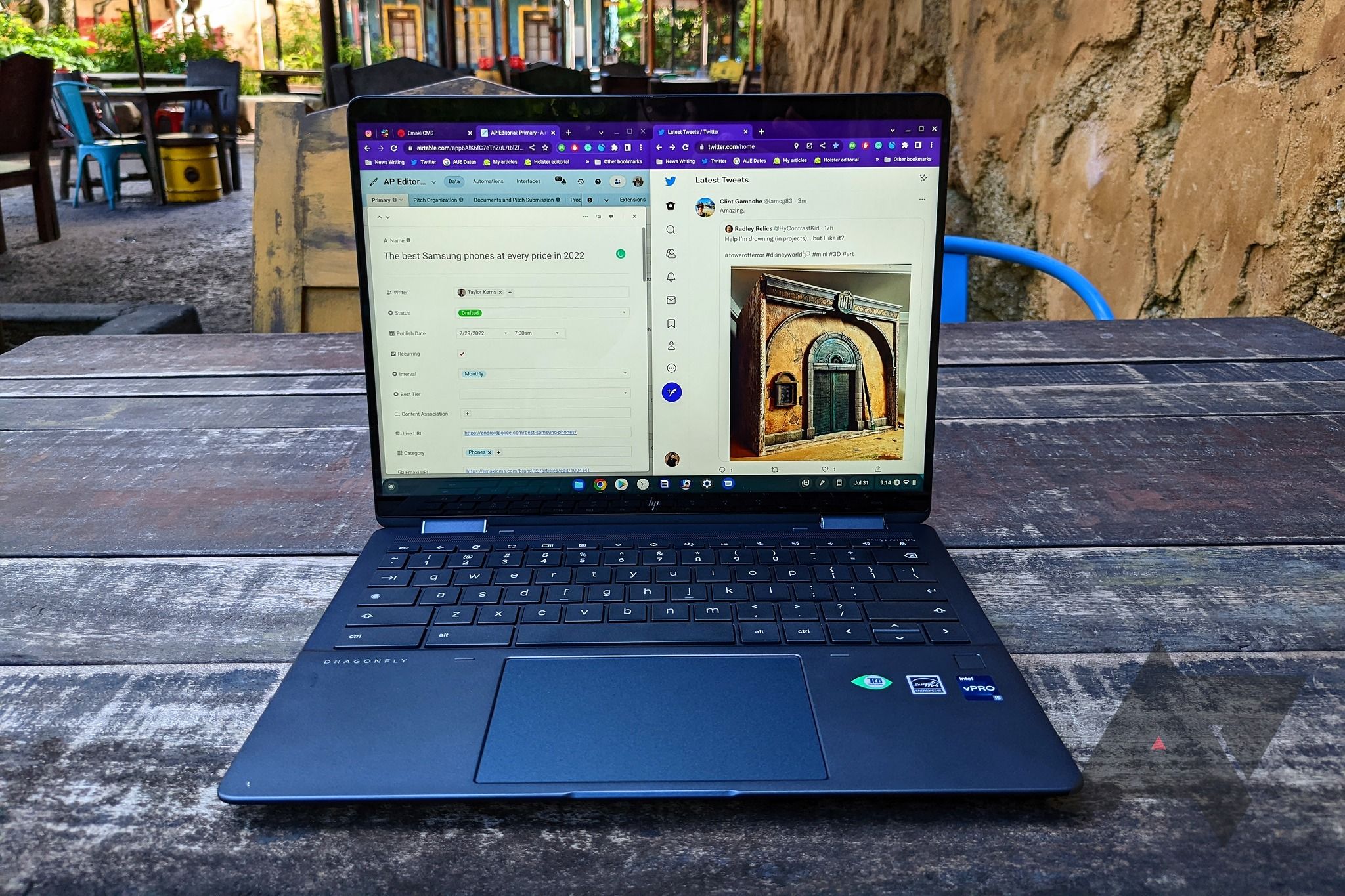
How much RAM does your Chromebook need?
The days when 4GB RAM was more than sufficient are long gone
Chromebooks are capable machines that can be used for browsing, watching videos, and editing documents. You can also use Android and desktop apps via Linux. Its lightweight ChromeOS operating system makes Chromebooks power-efficient. These computers don't need powerful processors and RAM in double-digits.
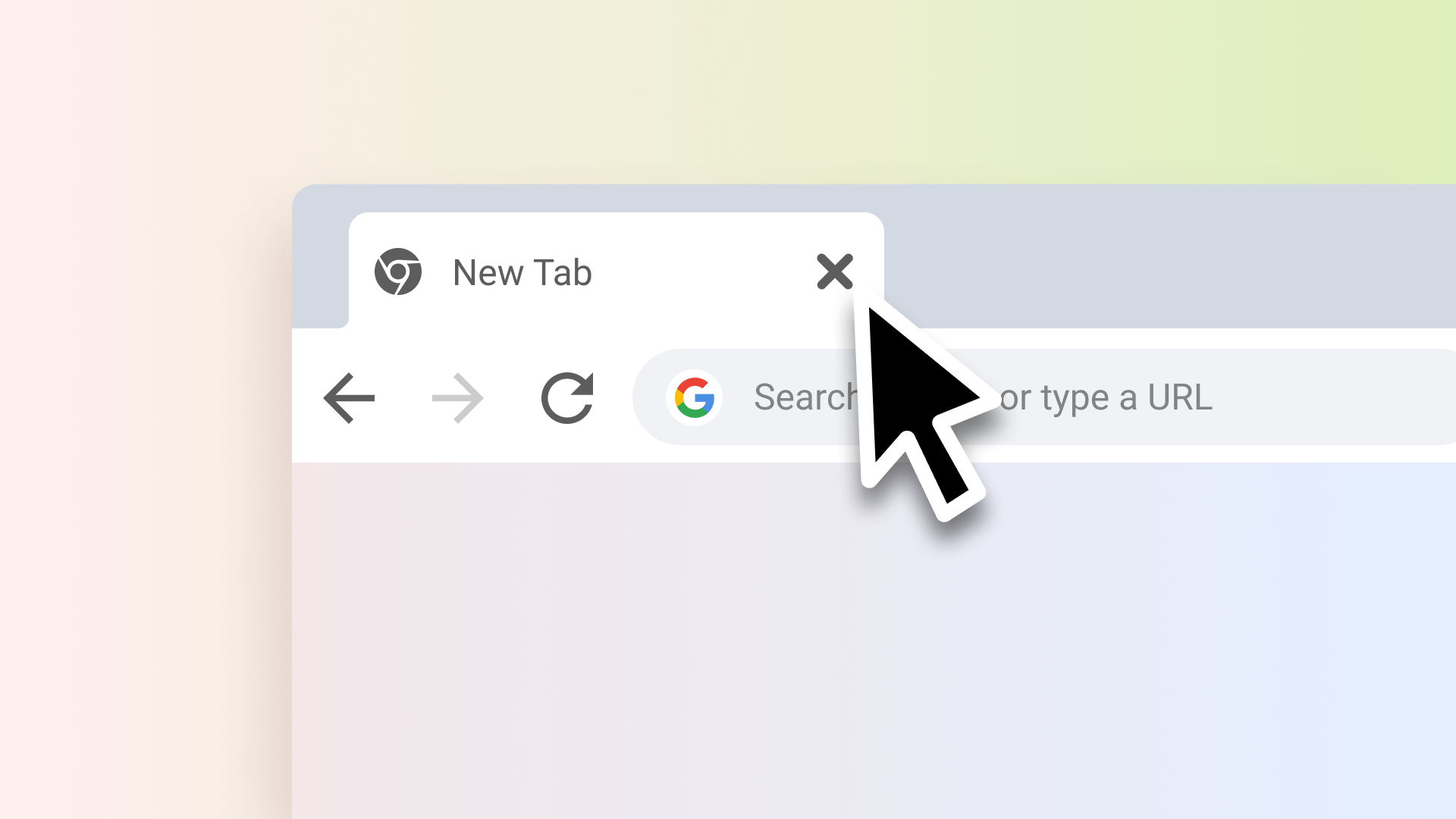
Chrome is about to be more forgiving with accidentally closing your tabs
An upcoming Chrome change instantly loads recently closed tabs
We've all made that annoying mistake of accidentally closing our Chrome browser tabs and windows. It's especially a hassle to wait for Chrome to reload them — it takes even longer depending on your network and how heavy the webpages are. Accidental closers won't have to grieve much longer, as Google is working on a nifty "magic trick" to remove the time spent waiting for Chrome to reload your tabs.
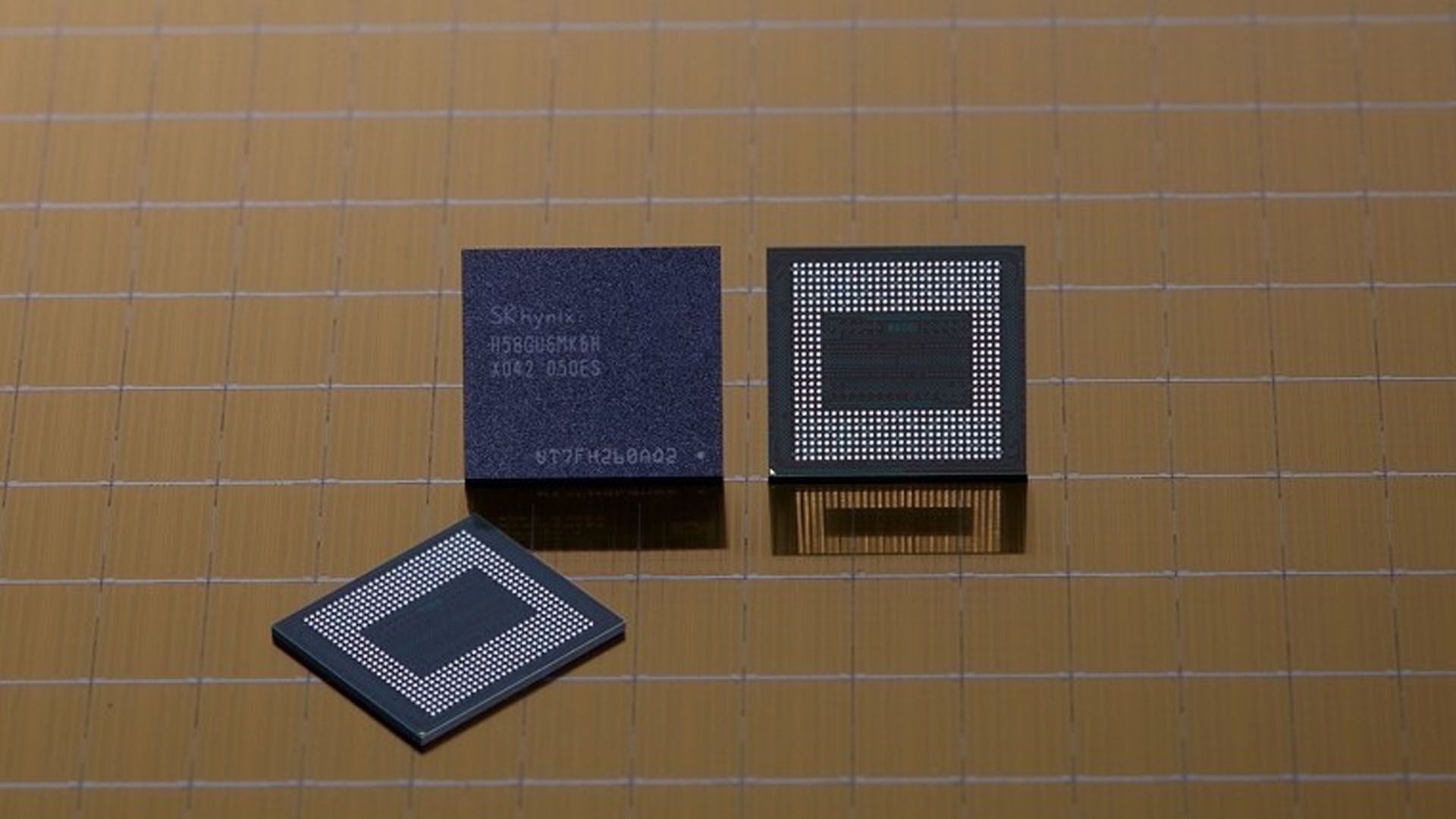
The Asus ROG Phone 5 will have a stupid amount of RAM
A press release from a chip supplier says it's coming with 18GB
Asus has scheduled an announcement for the ROG Phone 5 tomorrow, March 9th. But one of its corporate partners has spilled the beans a little early. SK Hynix, a South Korean chip supplier, issued a press release Sunday that said it's sending its first 18 gigabyte mobile LPDDR5 RAM modules to ASUS for the new ROG Phone.
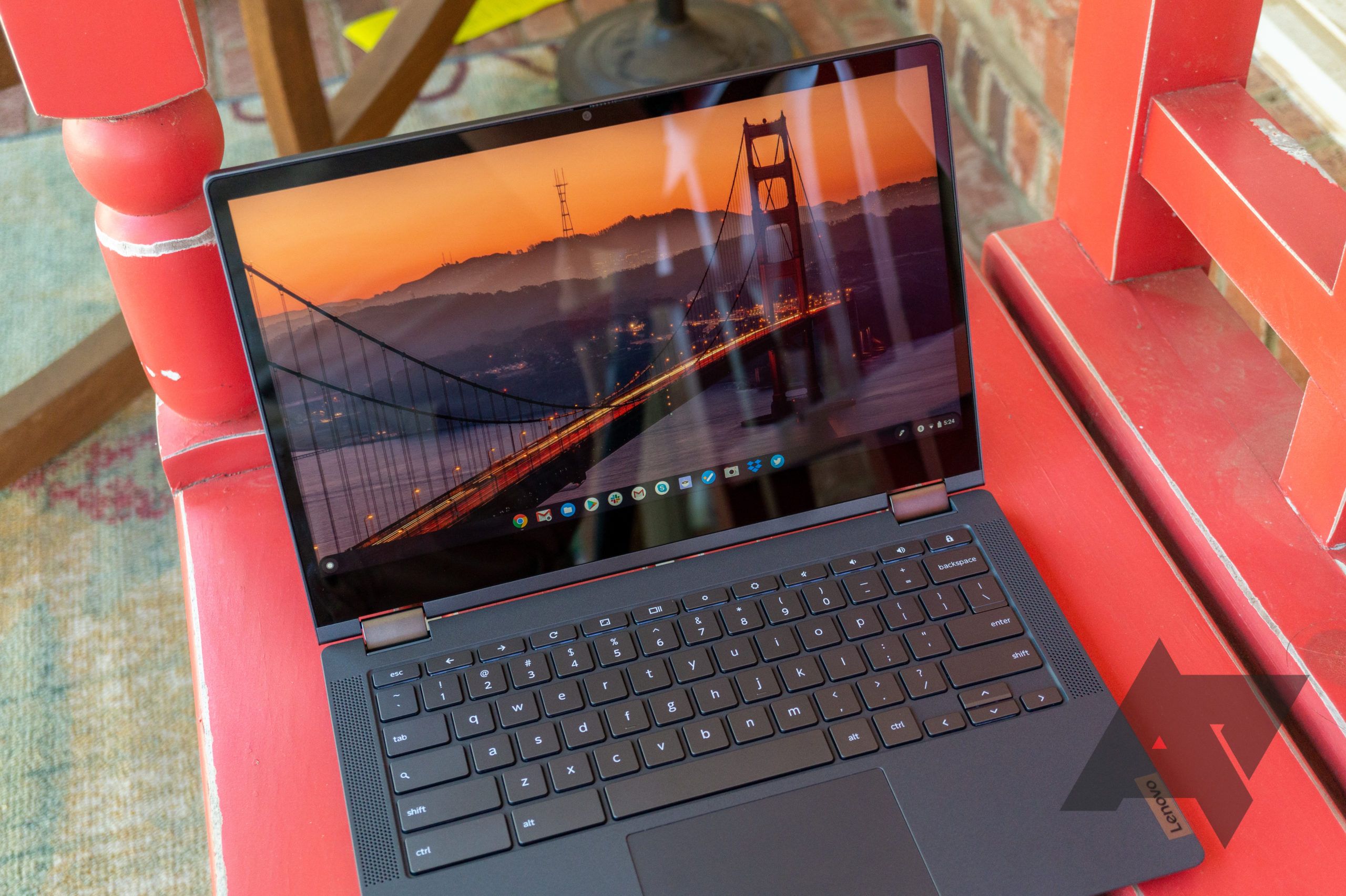
Earlier this month, I had the chance to review Lenovo's new IdeaPad Flex 5 Chromebook. It's a great machine, with an excellent build quality and guaranteed Chrome OS updates for the next eight years, but it had one fault that kept me from wholeheartedly recommending the laptop — it only had 4GB of RAM.
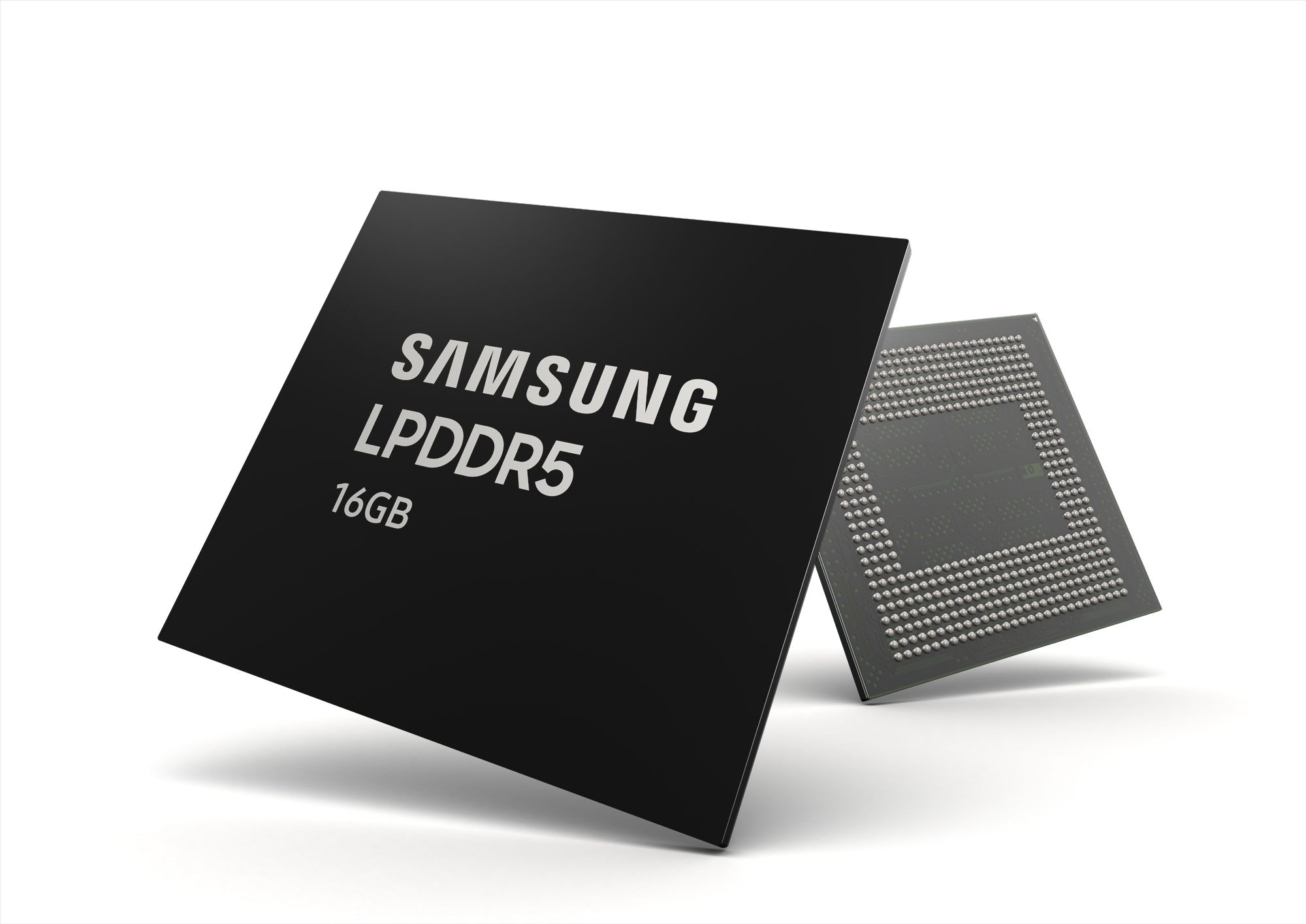
Samsung has started mass-producing the first 16GB LPDDR5 DRAM chips
Coming soon: More memory than your phone could ever need
In the same way that Samsung makes most of the best smartphone displays — even those in Apple's iPhones — they also make many of the RAM chips used by other OEMs in their handsets. Advancements made by the South Korean company led to the first phones with 12GB of RAM, and now 16GB versions are on the horizon.
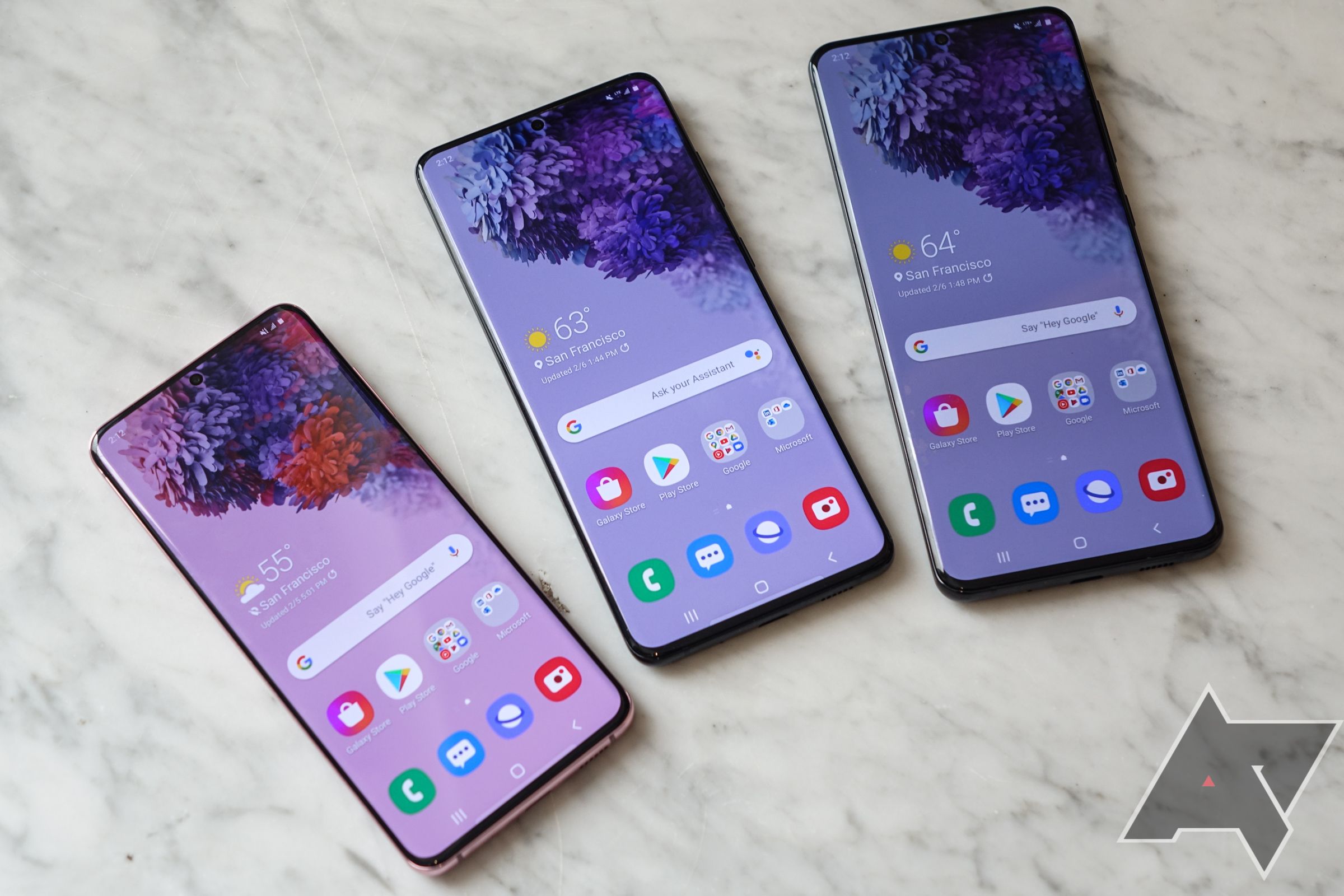
It's almost comical how much RAM some Android devices have at this point. The Asus Zenfone 6 Edition 30, Xiaomi Black Share 2 Pro, and Redmi K20 Pro Premium Edition all have 12GB of RAM, and now Samsung is joining the you-can-never-have-too-much-memory club.
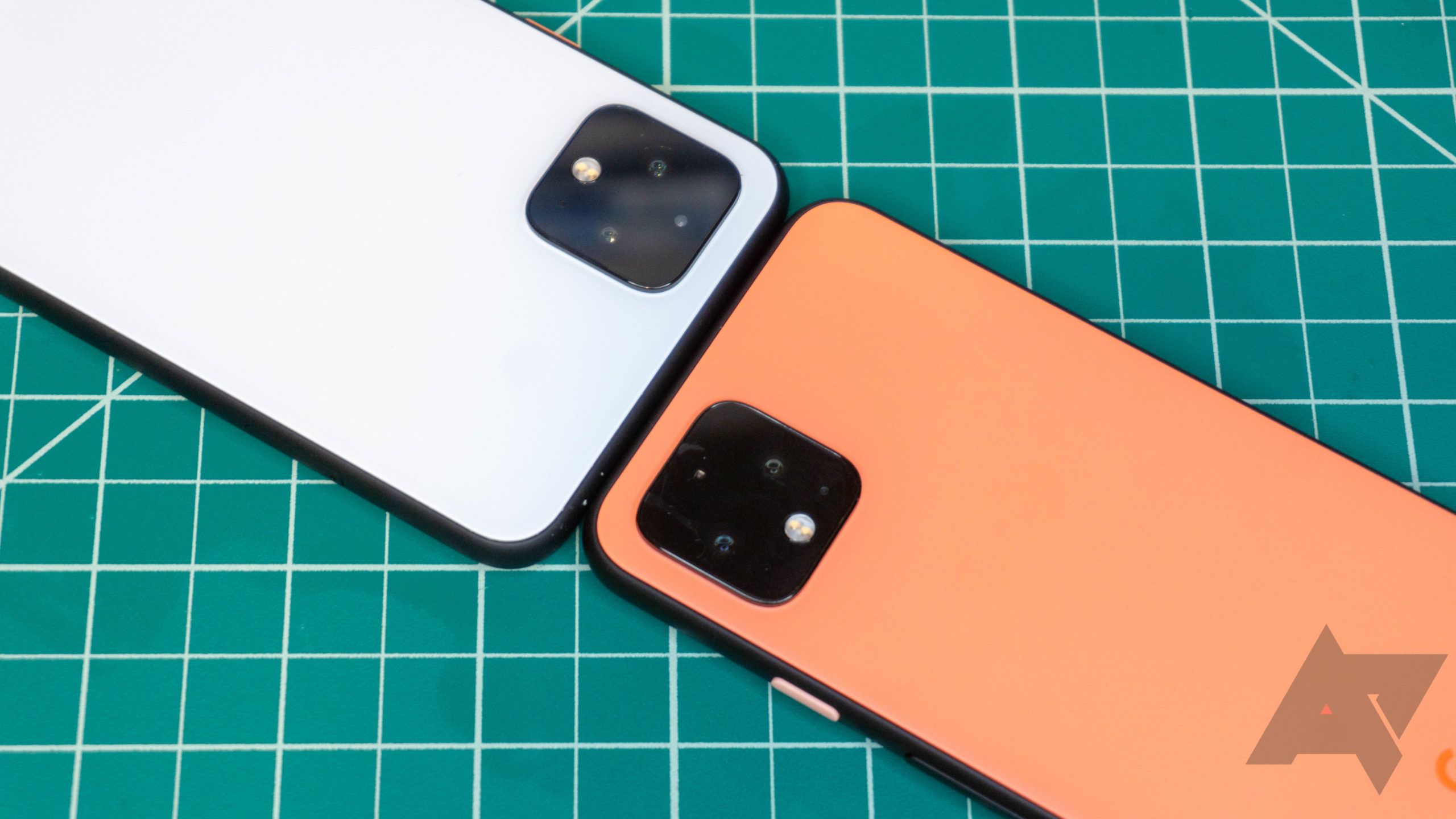
Speaking to The Verge about the Pixel's first Feature Drop update, VP of Product for Pixel Sabrina Ellis claims that one of the features of that update—improved memory management—will eventually come to other Android smartphones. This implicitly confirms that the feature is not a Pixel-specific optimization, but rather a change in the Android platform itself.
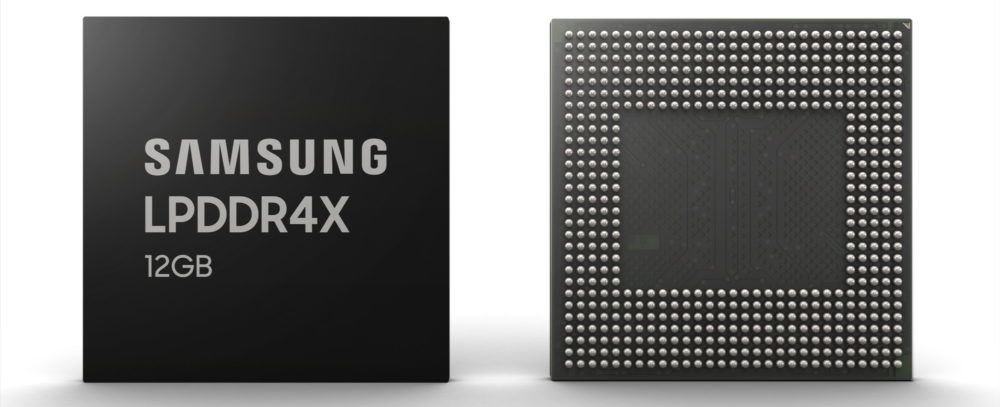
Smartphones are growing increasingly powerful and are boasting faster processors, larger storage, and greater memory. Nine years ago, the first Galaxy S shipped with just 512MB of RAM, but the capacity on smartphones has evolved to reach a minimum of 6GB on the S10e. It looks like these numbers will continue to expand, as Samsung just announced it's begun mass-producing its new LPDDR4X 12GB DRAM chip.
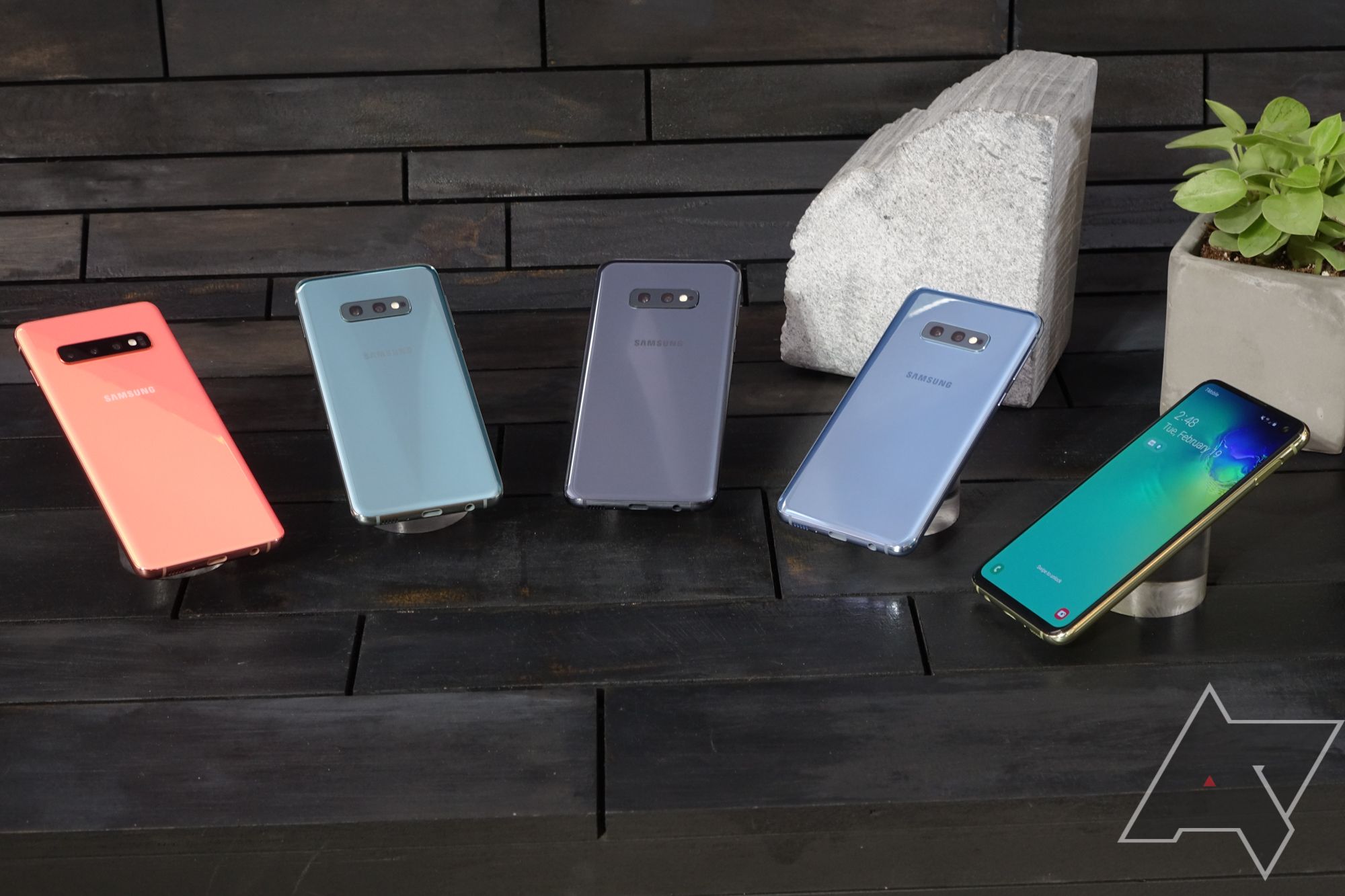
There are a lot of phones with the Galaxy S10 name now — four, to be precise. But between the various storage configurations of all the S10 models, we've been seeing a lot of confusion online concerning how much RAM each storage tier of the S10 and S10+ will have. We reached out to Samsung to figure out what exactly is going on.
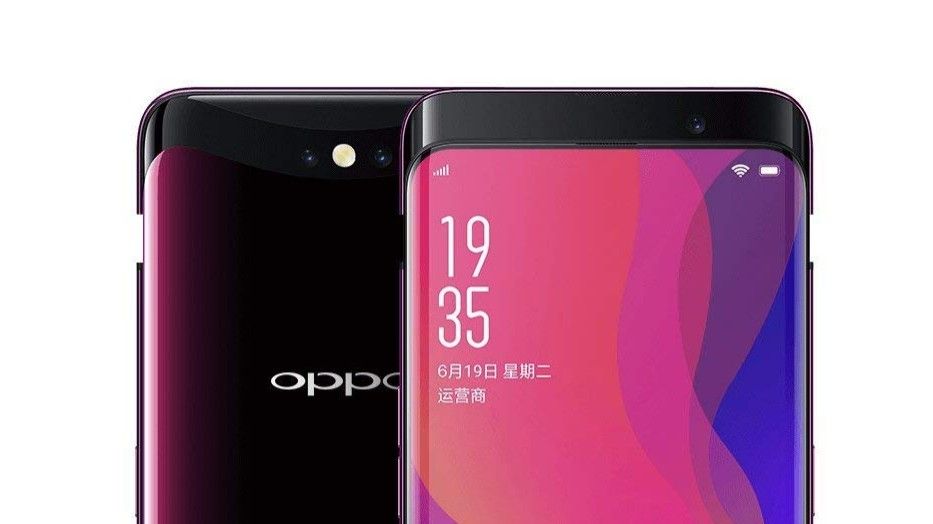
Android phones used to come with a few hundred megabytes of RAM, then 1GB, and then 2 or 4GB. Now, 6 and even 8GB phones are common at the high-end. It's debatable if 8GB of RAM is useful on Android, but Oppo is pushing the envelope even further. A listing from Chinese regulator TENAA shows a version of the Find X with 10GB of RAM is on the way.
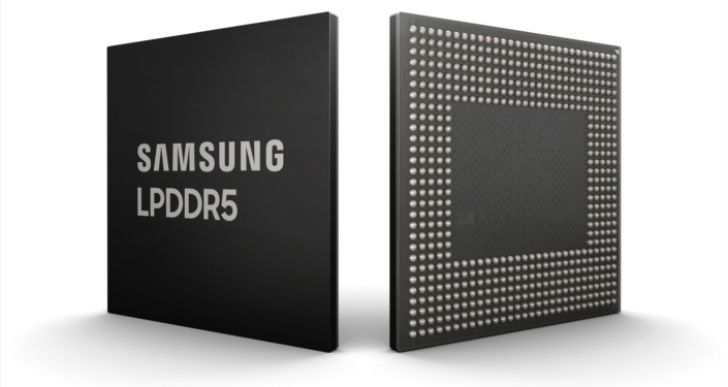
Samsung is not only easily the world’s number one smartphone vendor, but also the top chipmaker, having recently surpassed Intel. There’s a pretty good reason for that, and it has something to do with breakthroughs like announcing the industry’s "first 8Gb LPDDR5 DRAM for 5G and AI-powered mobile applications."

Chrysler's Uconnect infotainment system isn't bad, but if you asked me whether I'd rather use it or Android Auto with proper integration, I'd take Google's solution any day. If you, too, prefer Android Auto and have been in the market for an FCA product, you're in luck - 14 new cars across five of the association's brands now support it.
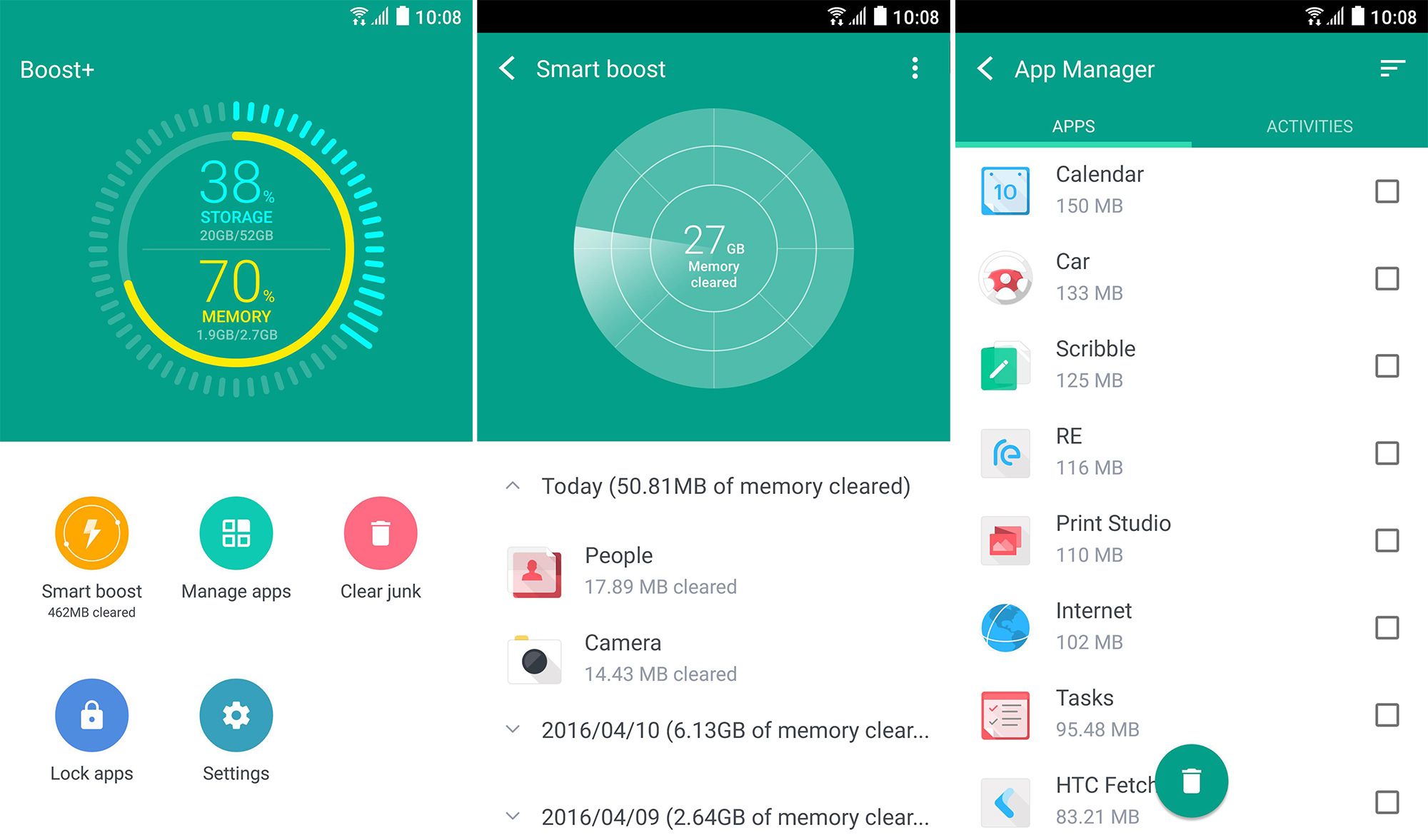
Read update
HTC started testing its very own memory cleaner app just recently in the HTC Preview program, and now Boost+ has made its debut in the Play Store. Oh, it does more than clean memory. It locks apps, empties cache, and so on, but do you want any of it? Too bad, you can't use it anyway. This release appears to only be compatible with the new HTC 10, which essentially no one has yet.
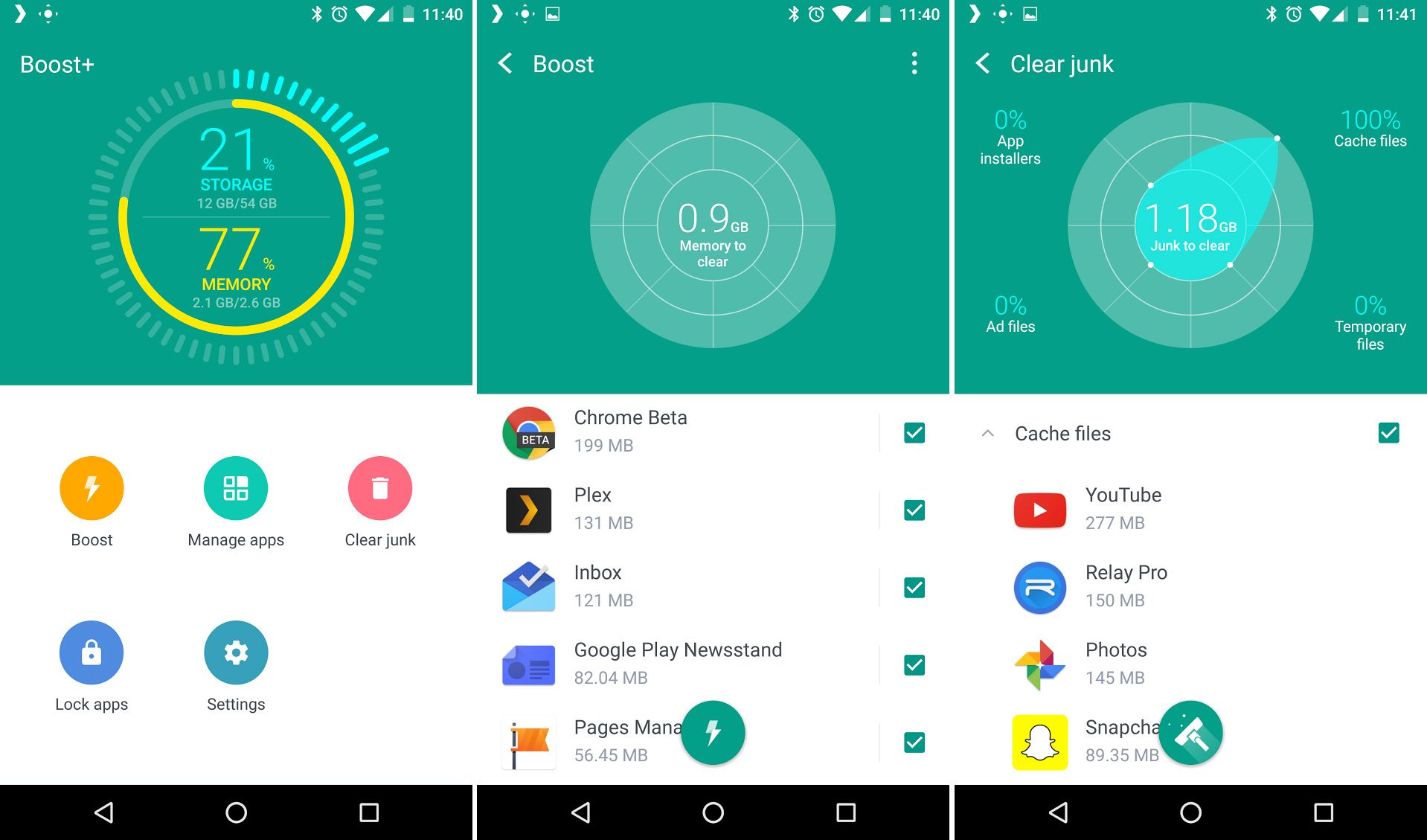
Most phone makers have their own storage/RAM cleaner apps, and now you can add HTC to that list. The OEM's new HTC Preview program kicked off recently, and the first thing users are previewing is a phone cleaner called Boost+. It's not restricted to HTC phones, but you can only get it via the preview program (not that you should want it).
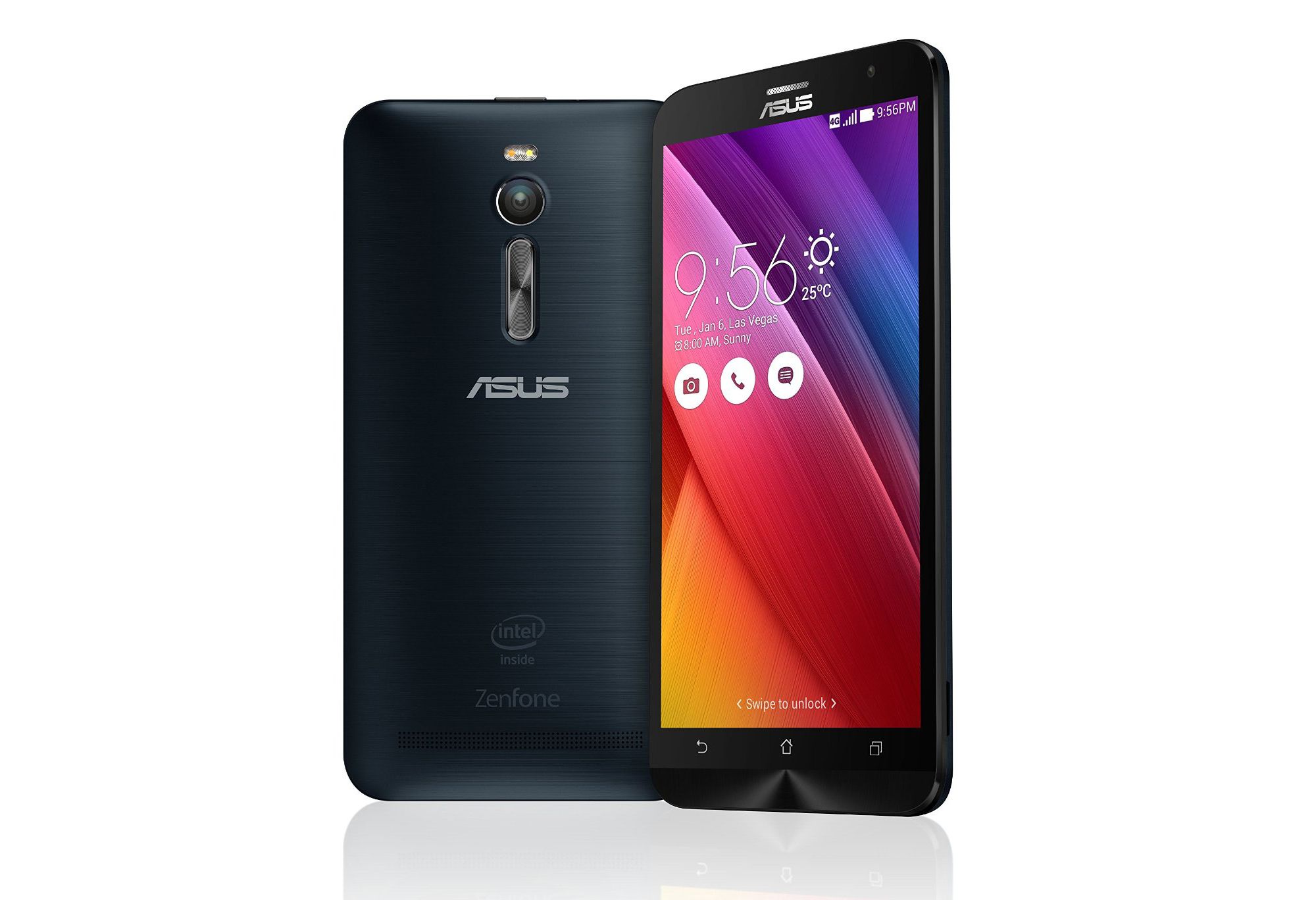
The Asus Zenfone 2 is one of the better mid-range unlocked phones out there thanks to the robust Intel Atom SoC lurking within. Now it looks like there's a new version of this device that ships with 16GB of storage and 4GB of RAM. It's selling for $229, which is a pretty good price for what you get.Thus far there have only been two versions of the device—one for $199 with 16GB of storage and 2GB of RAM, and another at $299 with 64GB and 4GB. There are two different Atom SoCs used in the Zenfone 2, and the new $229 device appears to have the slower of the two (Z3560).So you get a lot less internal storage in the new Zenfone 2 compared to the $299 version, but the price is only a little higher than the one with 2GB of RAM. That might make it worth the upgrade. This phone has a microSD card slot, so you can always add more storage. The phone is listed for sale on Newegg, Amazon, and B&H Photo.Via: Lilliputing
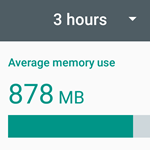
The nice thing about having a huge public beta test is that, well, you get to test stuff. Apparently the reaction to the new dedicated Memory section of the Settings menu wasn't everything that Google had hoped for, because it's been given a notable redesign in the brand-new version 2. The most striking change is a new overview screen that appears when you first tap Memory. Now it shows you the total memory in use with a readout in MB or GB, instead of breaking it down by apps. You can view the readout by hour increments: three, six, twelve, or an entire day.
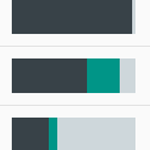
At the moment Android does a pretty decent job of managing its memory... but not a very good one of telling you exactly how it does that. The "Running" portion of the Apps menu in Lollipop shows what's being used by your system and your apps, then a list of apps' RAM usage (with numerical readouts only), and that's it. Starting with the Android M Developer Preview, this screen is much more informative, breaking down both the current and recent RAM usage on a per-app basis.











